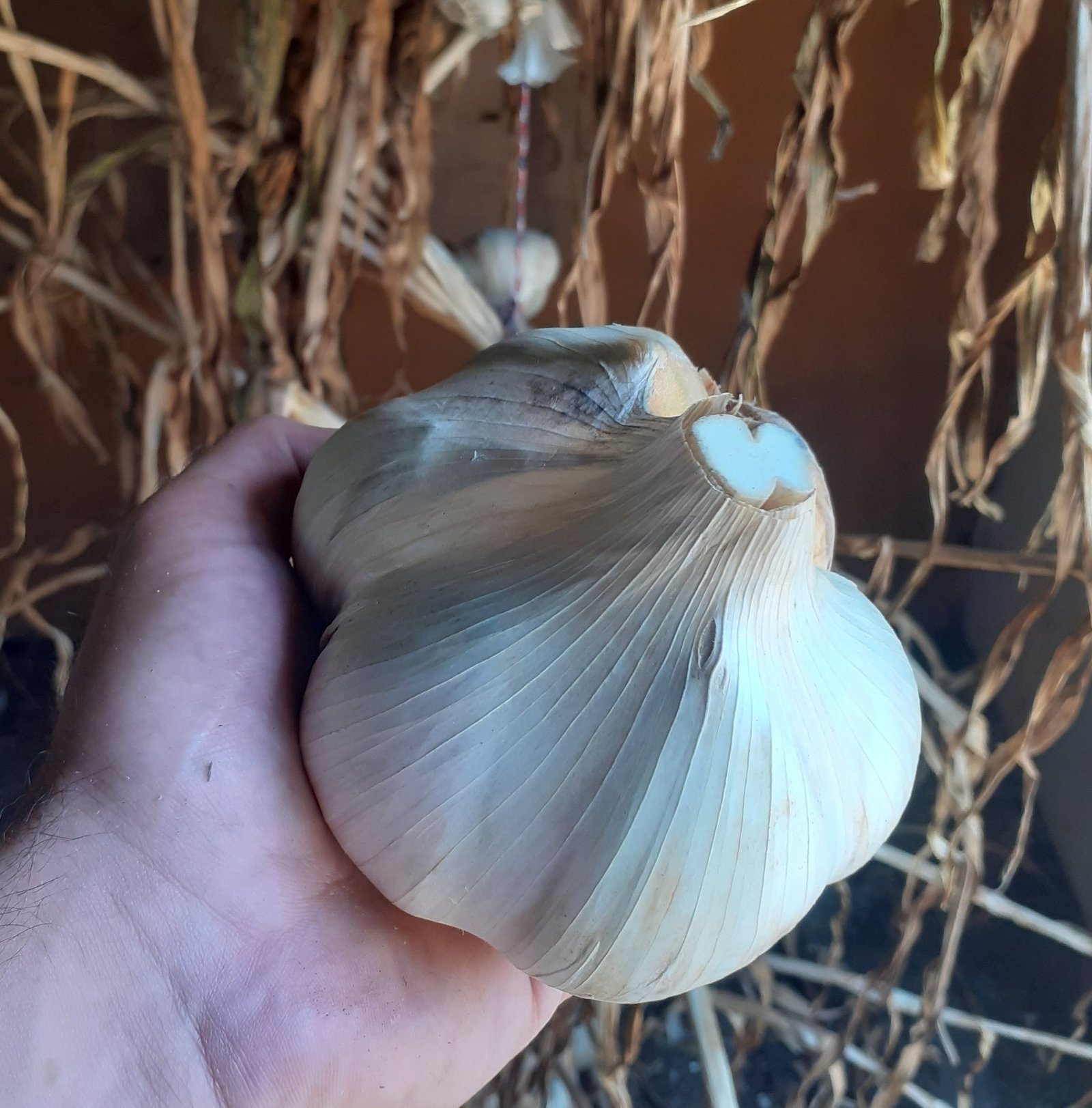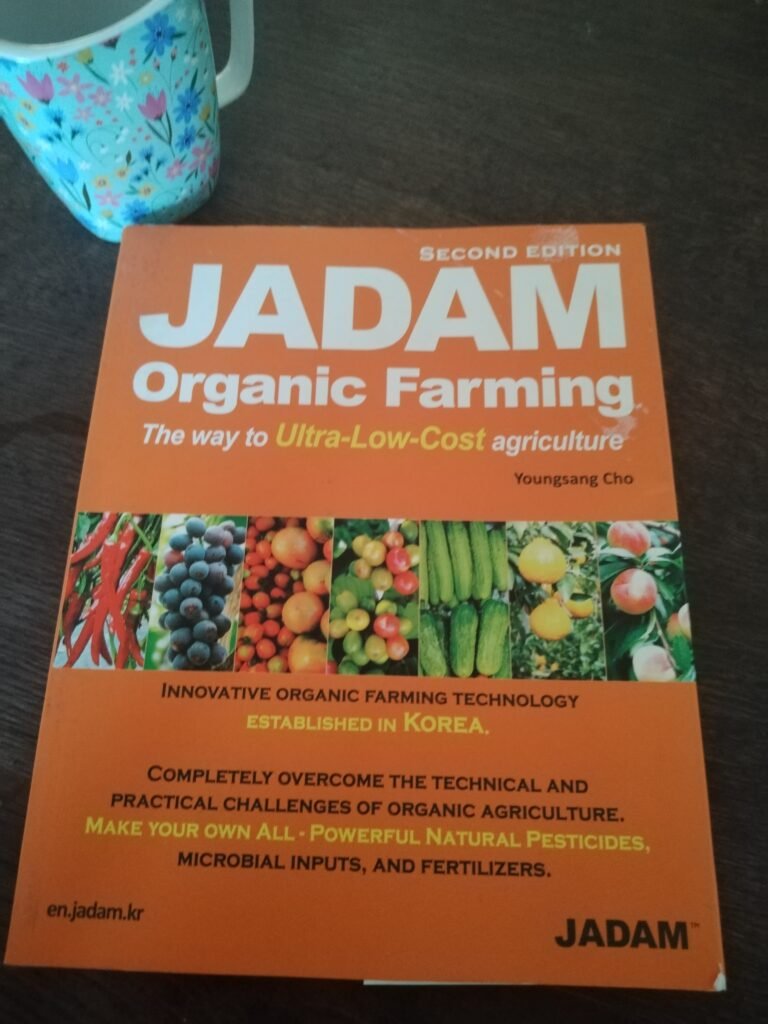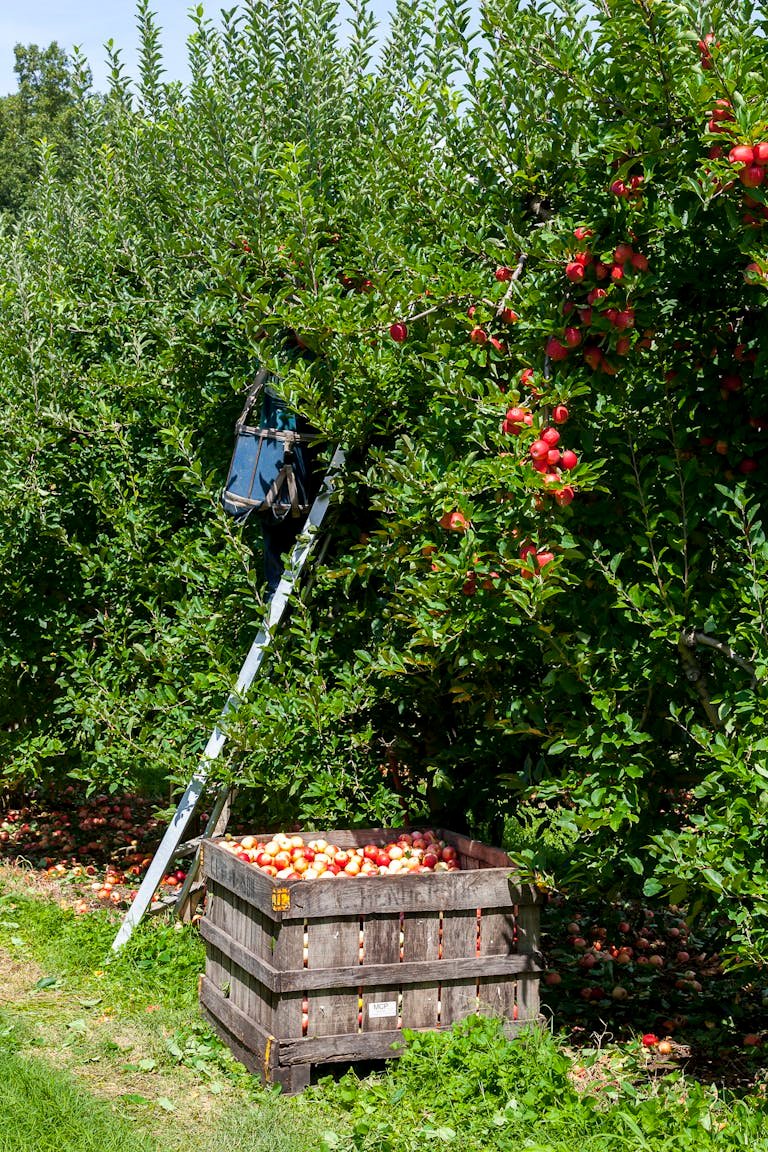
Ever heard of a garlic clove the size of your fist? Welcome to the world of elephant garlic! Did you know that despite its name, elephant garlic isn’t actually true garlic at all? It’s a fascinating member of the allium family that’s taking kitchens by storm in 2024. With its milder flavor and impressive size, this gentle giant is turning heads and tantalizing taste buds. In fact, a single bulb can weigh up to a pound – that’s 10 times the size of regular garlic! Whether you’re a curious cook or a gardening enthusiast, get ready to explore this impressive member of the allium world. Let’s dive in and uncover the secrets of this culinary marvel!
Some of the links in this post are affiliate links, including links to products on Amazon. This means if you click and make a purchase, I may earn a small commission at no extra cost to you. I only recommend items I genuinely love and believe could add value to your life. Thank you for supporting this blog—it helps keep the content free and full of ideas just for you!
What is Elephant Garlic?
Isn’t this one of the more intriguing members of the allium family? Don’t let the name fool you – this fascinating plant isn’t actually true garlic at all! Despite its garlicky appearance, Elephant garlic (Allium ampeloprasum) is more closely related to leeks than to regular garlic (Allium sativum).
Originally hailing from Central Asia, this gentle giant has been cultivated for centuries and has found its way into gardens worldwide. You’ll have no trouble spotting Elephant garlic in your plot – it stands out with its massive bulbs and impressively tall stalks that dwarf its garlic cousins. The cloves themselves are a sight to behold, often rivaling the size of an entire head of regular garlic! We have been growing it for a few years now and just replanted the biggest cloves every year with the result of this years largest one weighing in at an impressive 183 g.
Flavor Profile and Culinary Uses
When it comes to flavor, Elephant garlic is like regular garlic’s mild-mannered cousin. While true garlic packs a sharp, intense punch, Elephant garlic offers a gentler, almost sweet taste with subtle garlicky notes. Its aroma is less overpowering, with a hint of nuttiness that becomes more pronounced when roasted.
This milder flavor profile makes Elephant garlic a star in dishes where you want a whisper of garlic rather than a shout. It’s particularly popular in recipes that call for raw or lightly cooked garlic, as its subtlety won’t overpower other ingredients.
Some favorite uses include:
-Roasted whole: The large cloves become creamy and spreadable when roasted, perfect for smearing on crusty bread.
–In salad dressings: Adds a gentle garlic flavor without the bite of raw regular garlic.
–Sliced in stir-fries: The larger cloves make for satisfying, garlic-flavored bites in Asian-inspired dishes.
-Garlic mashed potatoes: Lends a mellow garlic flavor that complements rather than dominates the potatoes.
When preparing Elephant garlic, treat it much like you would regular garlic, but keep its milder flavor in mind. Here are a few tips to make the most of this unique allium:
-Use more: Since it’s milder, you can use larger quantities without overwhelming your dish.
-Slice it: The large cloves are perfect for slicing and sautéing, adding visual appeal to your recipes.
-Roast it: Roasting brings out the sweet, nutty flavors. Try roasting a whole head and squeezing out the soft cloves.
-Grill it: Grilling imparts a lovely smoky flavor that pairs well with the garlic’s natural sweetness.
Whether you’re a garlic lover looking to expand your palate or someone who finds regular garlic too strong, Elephant garlic offers a delightful alternative. Its unique flavor profile and impressive size make it a conversation starter in both the garden and the kitchen.
Health Benefits of Elephant Garlic
While Elephant garlic might be milder in flavor, it still packs a nutritional punch. Like its more pungent cousin, it’s low in calories but rich in several essential nutrients. Here’s a breakdown:
Vitamins: It’s a good source of vitamin C, which supports immune function and skin health. You’ll also find B-vitamins like B6, important for brain function and mood regulation.
Minerals: Elephant garlic contains manganese, phosphorus, and copper. It’s particularly rich in selenium, a mineral with antioxidant properties.
Fiber: Despite its low calorie count, it provides a small amount of dietary fiber, supporting digestive health.
Potential medicinal properties
While research specifically on Elephant garlic is limited, it shares many compounds with regular garlic, suggesting similar health benefits. Some potential medicinal properties include:
Antioxidant effects: The sulfur compounds in Elephant garlic may help combat oxidative stress in the body.
Cardiovascular support: Like regular garlic, it might help maintain healthy blood pressure and cholesterol levels.
Immune system boost: The allicin content, though lower than in regular garlic, may still provide some immune-supporting benefits.
Comparison of health benefits to regular garlic
You know how regular garlic is famous for being super healthy? Well, elephant garlic has some of those same benefits, but it’s kind of like garlic’s mellower cousin. Think of it this way – regular garlic packs a stronger punch when it comes to health perks.
The key player here is something called allicin, which is what makes garlic so good for you. Regular garlic is loaded with it, while elephant garlic has less, but still enough to be beneficial. Both types can help fight off bad bacteria in your body, though regular garlic is the heavyweight champion in this department.
As for heart health, both varieties can help, but most of the scientific research has focused on regular garlic, and it seems to be the more powerful of the two. The bottom line? Both are good for you, but if you’re mainly eating garlic for health reasons, the regular kind might be your better bet.
Recommended intake and possible side effects
As with any food, moderation is key. There’s no strict recommended, but incorporating it into your meals a few times a week is generally safe for most people. However, keep in mind:
Digestive issues: Consuming large amounts may cause gas or bloating in some individuals.
Blood thinning: Like regular garlic, Elephant garlic may have mild blood-thinning effects. If you’re on blood thinners or planning surgery, consult your doctor.
Allergies: While rare, some people may be allergic to alliums like Elephant garlic.
Breath and body odor: Though less intense than regular garlic, it can still affect your breath and body odor if consumed in large quantities.
While Elephant garlic might not be the superfood that regular garlic is often touted as, it still offers a range of nutritional benefits. Its milder flavor means you might be inclined to use more of it, potentially increasing your overall intake of beneficial compounds. As always, if you have any specific health concerns, it’s best to consult with a healthcare professional before making significant changes to your diet.

Buying and Storing Elephant Garlic
For those of you itching to add this gentle giant to your garden, you’ll be pleased to know that Elephant garlic is relatively easy to grow. Let’s dig into the details of cultivating this unique allium.
Ideal climate and soil conditions
Elephant garlic is quite adaptable, but it thrives in certain conditions:
Climate: It prefers cooler climates and can tolerate cold winters. Zones 3-8 are ideal.
Soil: Well-draining, fertile soil is best. Aim for a pH between 6.0-7.0. There are pretty good tests you can buy these days like ‘CUBETA Soil Moisture Meter Digital‘, which we use in the tunnel a good bit.
Sun: Full sun is optimal, but it can tolerate partial shade.
Planting and care instructions
Follow these steps for a successful Elephant garlic crop:
Timing: Plant in fall for a summer harvest, or in early spring for a fall harvest.
Spacing: Plant cloves 6-8 inches apart, with rows 12-18 inches apart.
Depth: Plant cloves 4-6 inches deep, pointy end up.
Watering: Keep soil moist but not waterlogged. Water deeply once a week if there’s no rain.
Fertilizing: Apply a balanced fertilizer in early spring as leaves emerge.
Mulching: Add a layer of mulch to retain moisture and suppress weeds.

Common pests and diseases
While Elephant garlic is generally hardy, it can face some challenges:
Onion Thrips
These tiny insects can cause some damage to your elephant garlic leaves, leaving them looking a little worse for wear. If you spot them early, you can gently spray your plants with insecticidal soap or a homemade solution like diluted dish soap and water. To keep them at bay, try to attract beneficial insects like ladybugs, which can help control the thrips naturally.
Botrytis Rot
Botrytis rot, or gray mold, is a fungal disease that loves damp, crowded conditions. To prevent it, make sure your garlic plants have plenty of space for air to circulate, and avoid watering from above. If you notice any infected leaves, trim them off and compost them far from your garden to stop the spread.
White Rot
White rot can be a bit of a nightmare for your garlic, as it’s a fungal disease that affects the roots. To avoid this, crop rotation is key—don’t plant garlic in the same spot year after year. If you suspect white rot, remove the infected plants immediately, and avoid planting garlic or other alliums in that soil for a few years.
Nematodes
Nematodes are tiny, but these microscopic worms can cause damage to your garlic’s roots. One of the best ways to keep them from taking hold is to practice crop rotation—this means moving your garlic to a different spot each season. Adding organic matter like compost to your soil can also help, as healthy soil is less inviting to nematodes.
Harvesting and storage tips
Knowing when and how to harvest is crucial for getting the best from your Elephant garlic:
Timing: Harvest when the leaves start to yellow and fall over, usually in late summer or early fall.
Method: Gently dig up the bulbs, being careful not to bruise them.
Curing: Allow the bulbs to cure in a warm, dry place for 2-3 weeks. This improves storage life.
Storage: Once cured, store in a cool, dry place. They can last up to 10 months if stored properly.
Replanting: Save the largest cloves for replanting in the next season.
Conclusion
Growing Elephant garlic can be a rewarding experience for any gardener. Its impressive size and milder flavor make it a unique addition to both your garden and your kitchen. With proper care, you’ll be enjoying your homegrown Elephant garlic in no time!
There you have it, folks – the lowdown on elephant garlic, the gentle giant that’s making waves in kitchens and gardens alike! From its mild, sweet flavor to its impressive size, this allium offers a unique twist on a classic ingredient. Whether you’re roasting it whole, using it in soups, or trying your hand at growing your own, elephant garlic is sure to add a touch of intrigue to your culinary adventures.
Speaking of growing your own, if you’re ready to start your elephant garlic journey, we’ve got premium Seed cloves just waiting to be planted in your garden.
And here’s a little insider tip: elephant garlic makes absolutely incredible black garlic! Its naturally sweeter flavor profile transforms into something truly magical during the aging process, creating complex notes of molasses, balsamic, and umami that’ll take your cooking to the next level. Curious about black garlic? Check out ‘Black Garlic: The 2025 Superfood you need to try now!‘, or skip straight to trying our handcrafted Black elephant garlic – trust us, your taste buds won’t regret it!
So why not give elephant garlic a try? Your taste buds (and your dinner guests) will thank you! Remember, good things come in big packages – at least when it comes to elephant garlic. Happy cooking, and may your meals be filled with the subtle, savory goodness of this not-so-little wonder!







